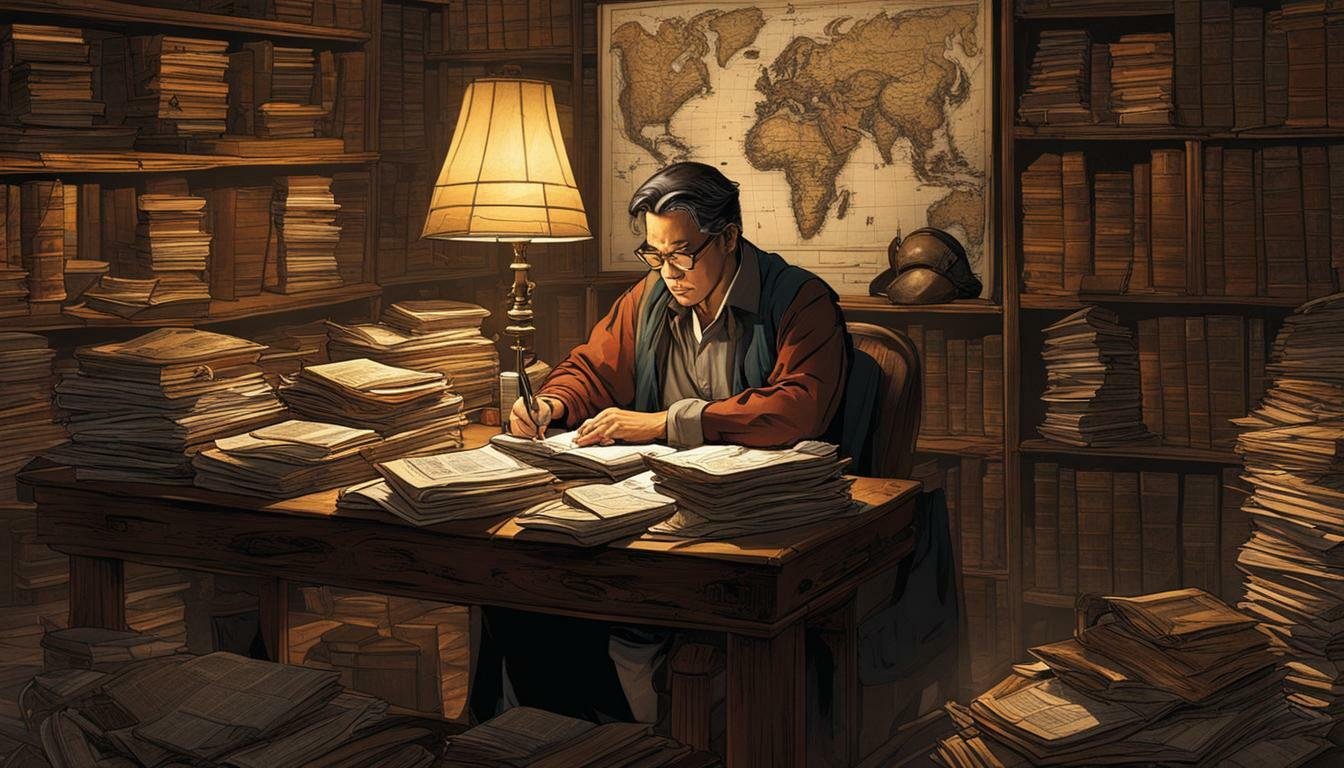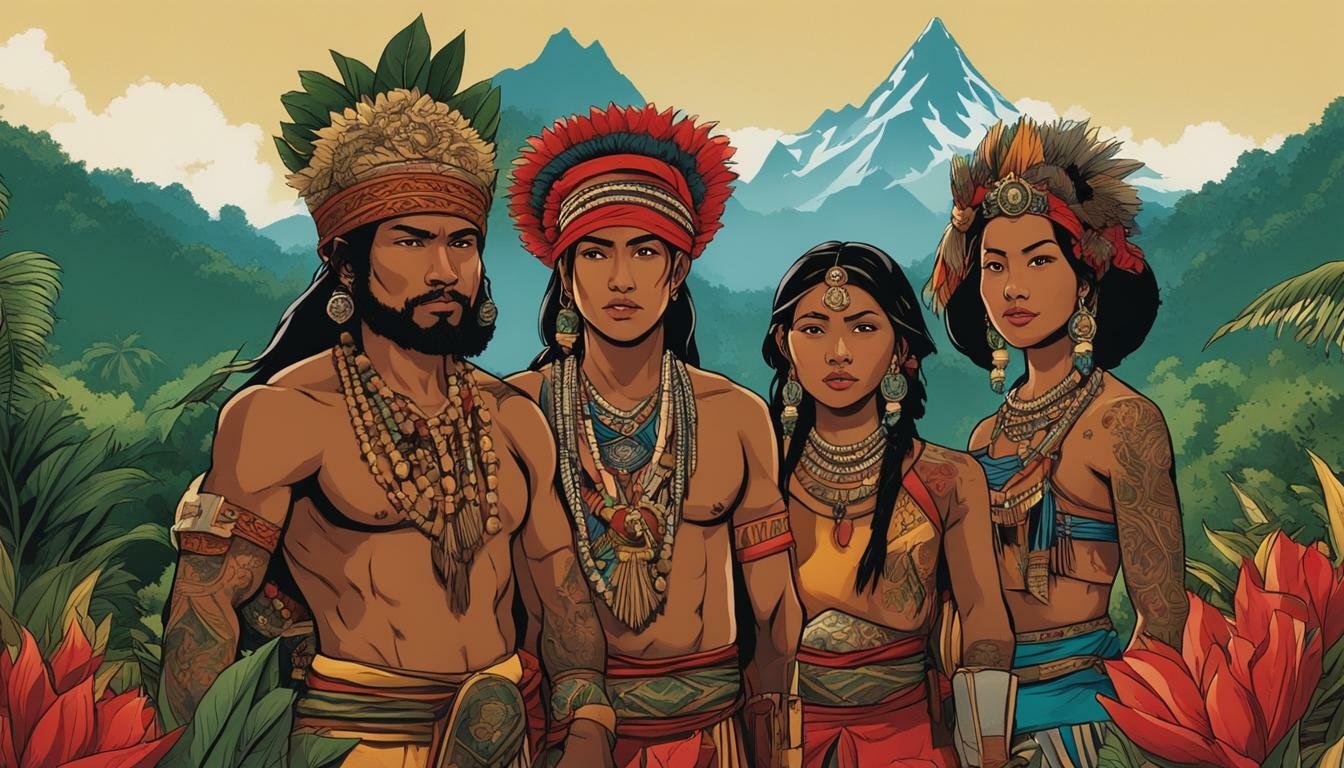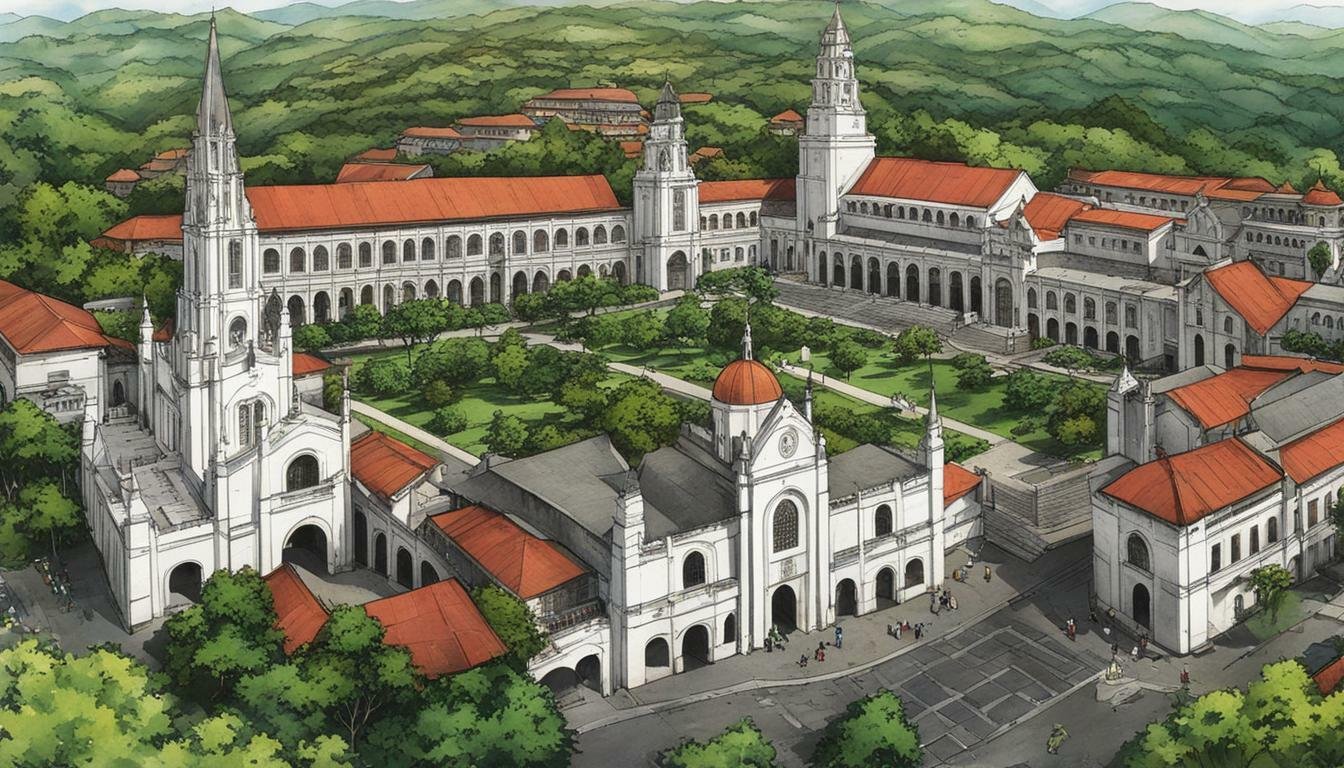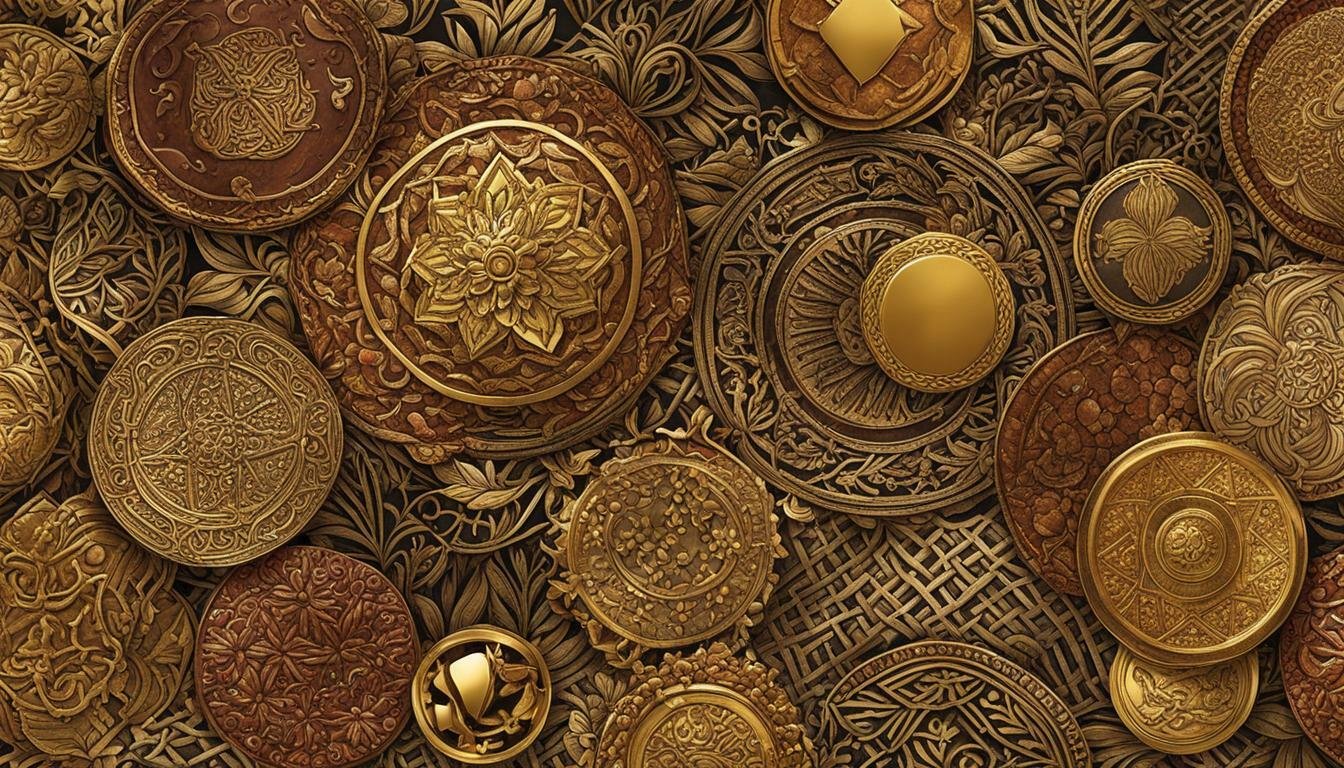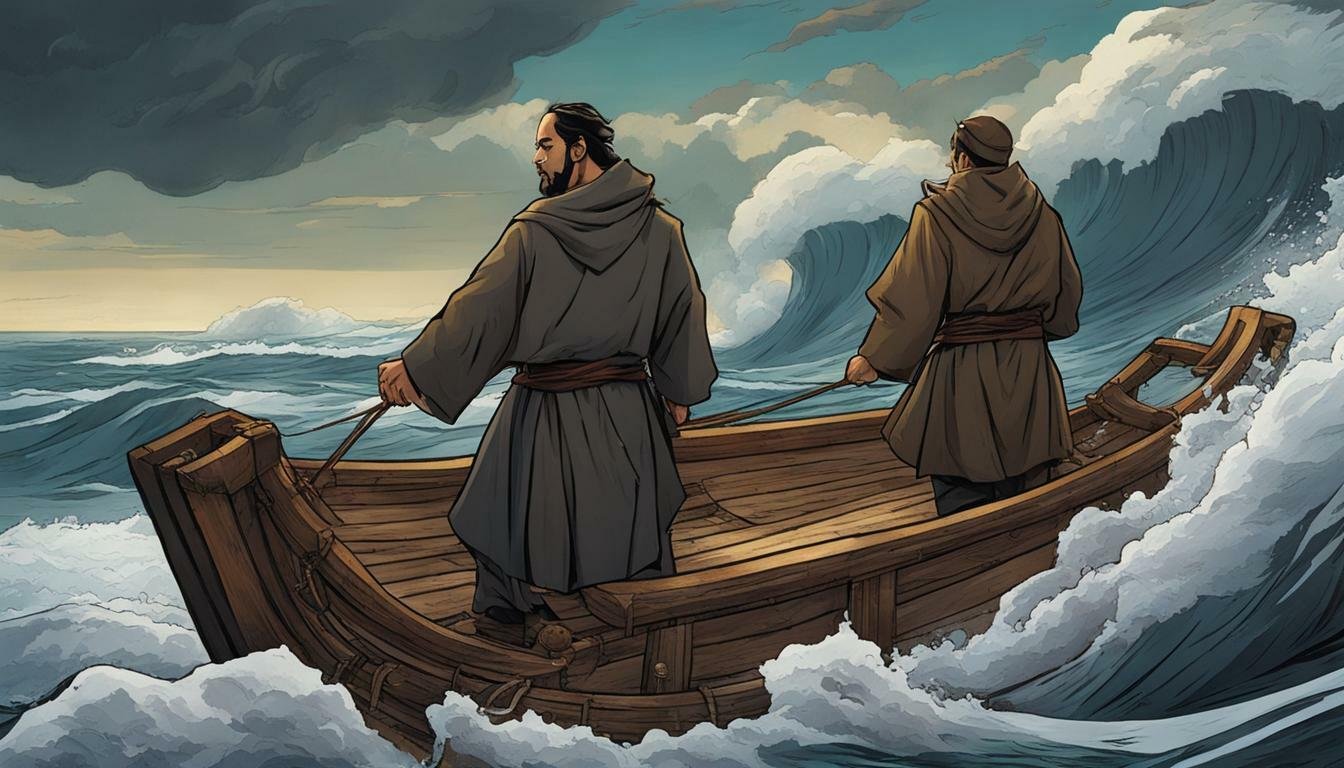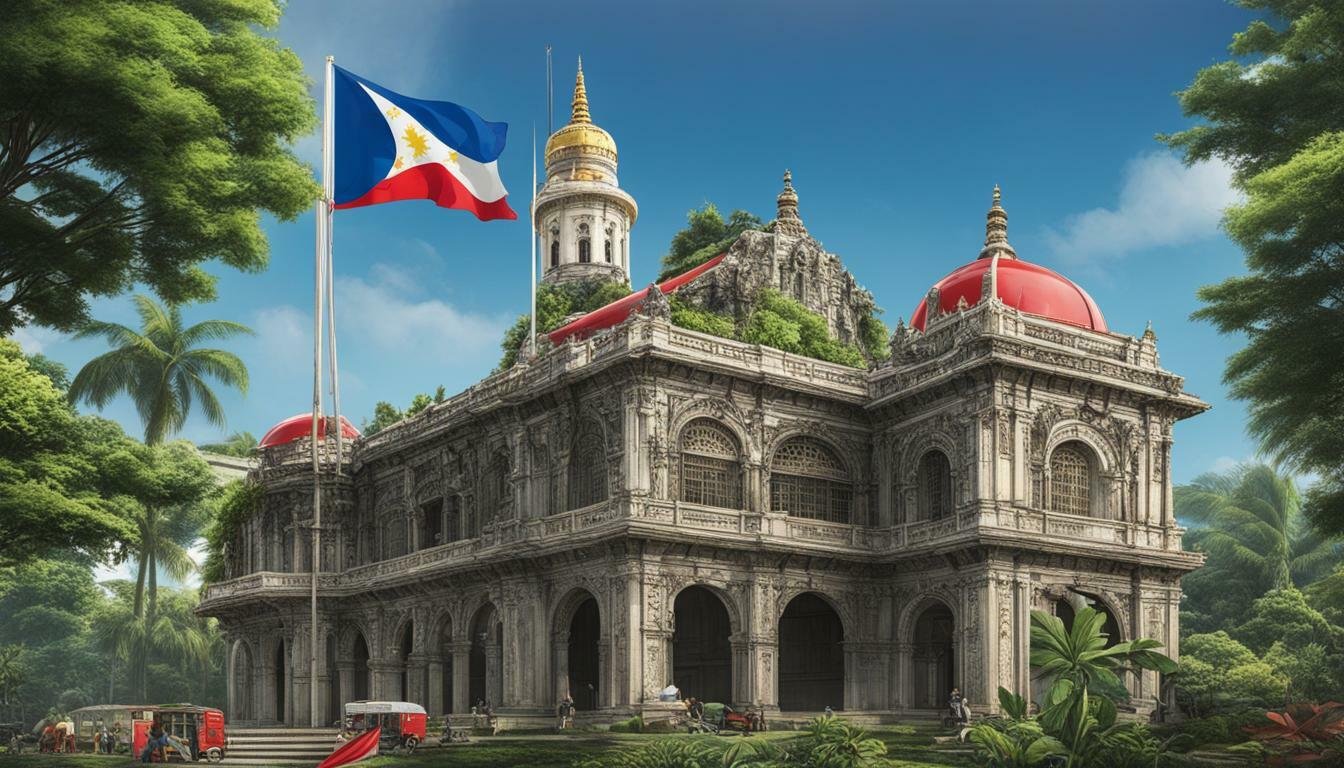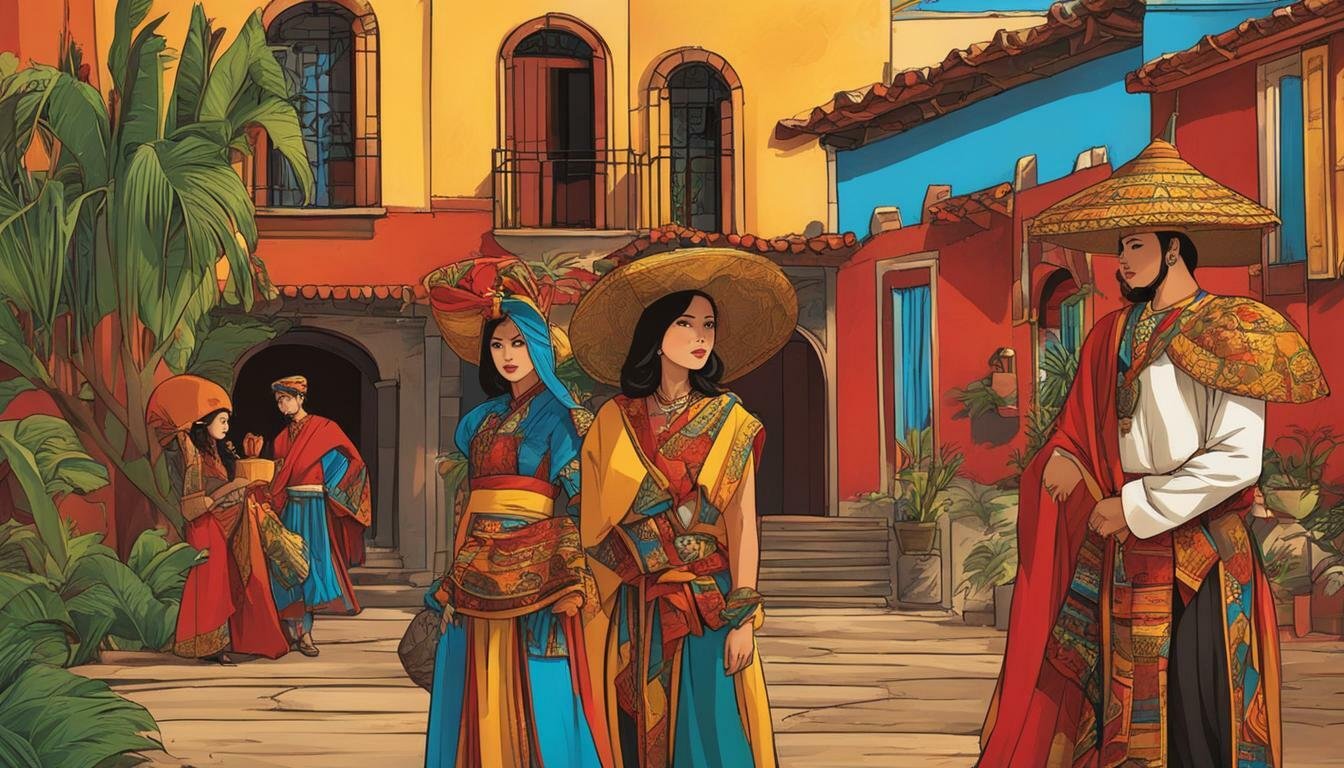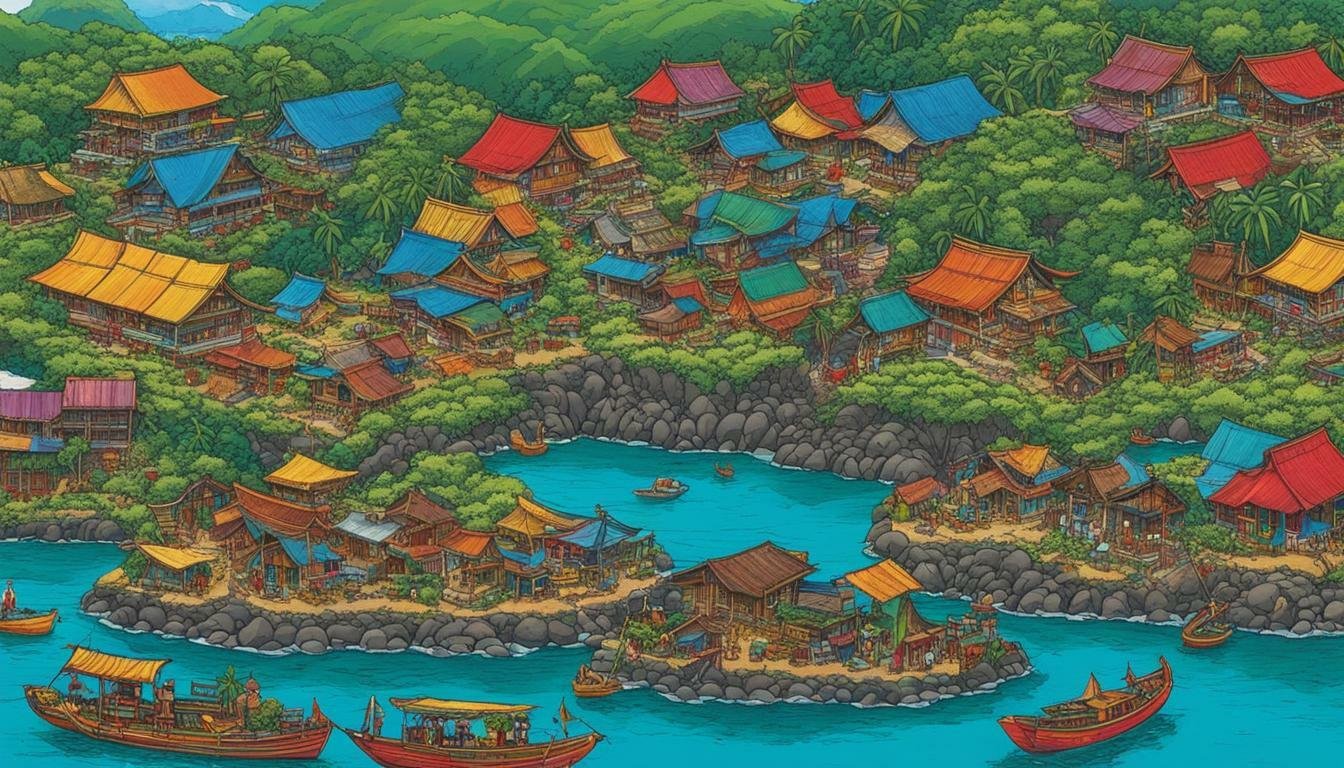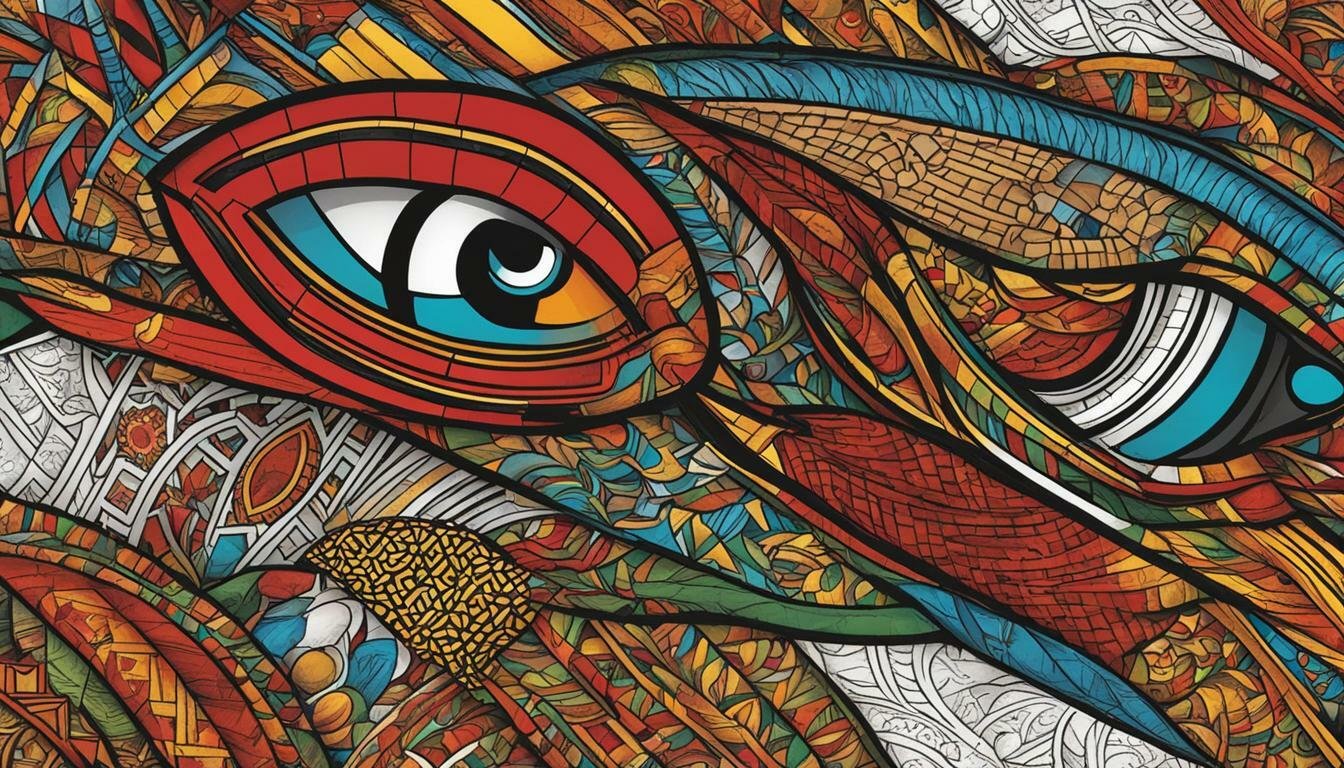The Gran Cordillera Central is the largest mountain range in the Philippines, spanning the entirety of the Cordillera Administrative Region in Northern Luzon and parts of neighboring provinces. More than just a geographical feature, this rugged, imposing landscape has profoundly shaped Philippine History, serving for centuries as a bastion of resistance against colonial powers and…
William Henry Scott: A Renowned Historian of Philippine History
William Henry Scott stands as one of the most influential and respected historians of the Philippine History. His rigorous historical methodology and unwavering commitment to critically analyzing sources fundamentally reshaped our understanding of the islands’ past, particularly the period often obscured by the biases of colonial chroniclers – the pre-colonial Philippines. Scott was not just…
Moro People
The Moro People represent a diverse group of indigenous Muslim ethnolinguistic groups in the southern Philippines, primarily inhabiting Mindanao, the Sulu Archipelago, and Palawan. Their history is a tapestry woven with threads of thriving pre-colonial societies, the enduring arrival and deep roots of Islam in the Philippines, centuries of resistance against foreign invaders, internal dynamics,…
University of Santo Tomas
The story of the University of Santo Tomas (UST) is inextricably woven into the tapestry of Philippine history. As the oldest existing university in Asia, its nearly four centuries of existence parallel the shaping of the Filipino nation, from the Spanish Colonial Philippines to the modern republic. More than just an educational institution, UST has…
Discover Piloncitos: Philippines’ Marvelous Gold Heritage
Before the arrival of European colonizers and the imposition of foreign monetary systems, the islands that would become the Philippines were already vibrant centers of trade and economic activity. This bustling pre-colonial era was underpinned by sophisticated forms of exchange, chief among them the fascinating and diminutive gold pieces known as Piloncitos. These small, cone-shaped…
Fray Andrés de Urdaneta and Fray Diego de Herrera
The history of the Spanish Colonization of the Philippines is a complex tapestry woven from the threads of exploration, military might, political maneuvering, and, perhaps most significantly, religious fervor. Among the pivotal figures who shaped the early decades of this colonial enterprise were men of the cloth, specifically members of the Augustinian Order. While countless…
National Historical Commission of the Philippines
The National Historical Commission of the Philippines (NHCP) stands as the primary government agency in the Philippines dedicated to the preservation, promotion, and research of Philippine history. It is a vital custodian of the nation’s memory, tasked with ensuring that the rich and complex tapestry of the past is remembered, understood, and honored by present…
Exploring the Impact of Spanish on Tagalog Today
The history of the Philippines is inextricably linked to its colonial past, particularly the more than three centuries of Spanish colonization. This long period, stretching from the arrival of Ferdinand Magellan in 1521 to the end of the Spanish-American War in 1898, profoundly reshaped Philippine society, culture, and perhaps most visibly, its languages. Among these…
Yakan Language of the Philippines
The tapestry of Philippine history is woven with threads of diverse cultures and languages, each telling a unique story of the archipelago’s past and present. Among these vibrant threads is the Yakan language, spoken by the Yakan people, primarily residing in the province of Basilan and parts of Mindanao in the southern Philippines. More than…
T’boli Language of the Philippines
The T’boli Language of the Philippines is far more than just a means of communication; it is a vibrant repository of the history, identity, and intricate cultural tapestry of the T’boli people. Residing primarily in the highlands around Lake Sebu and surrounding areas in South Cotabato, within the larger island of Mindanao, the T’boli are…


